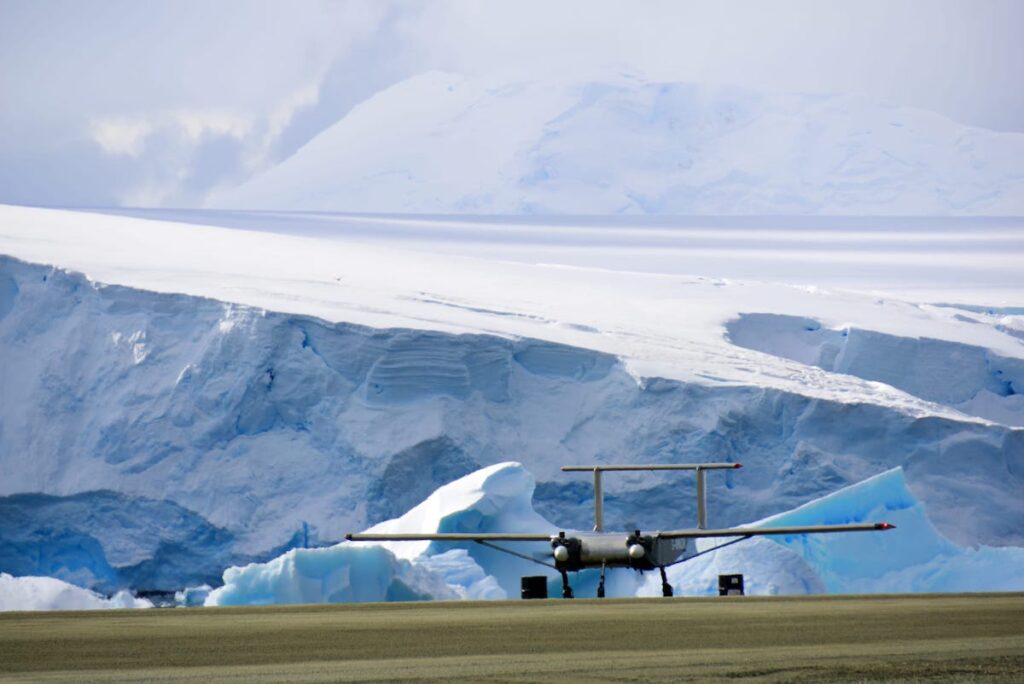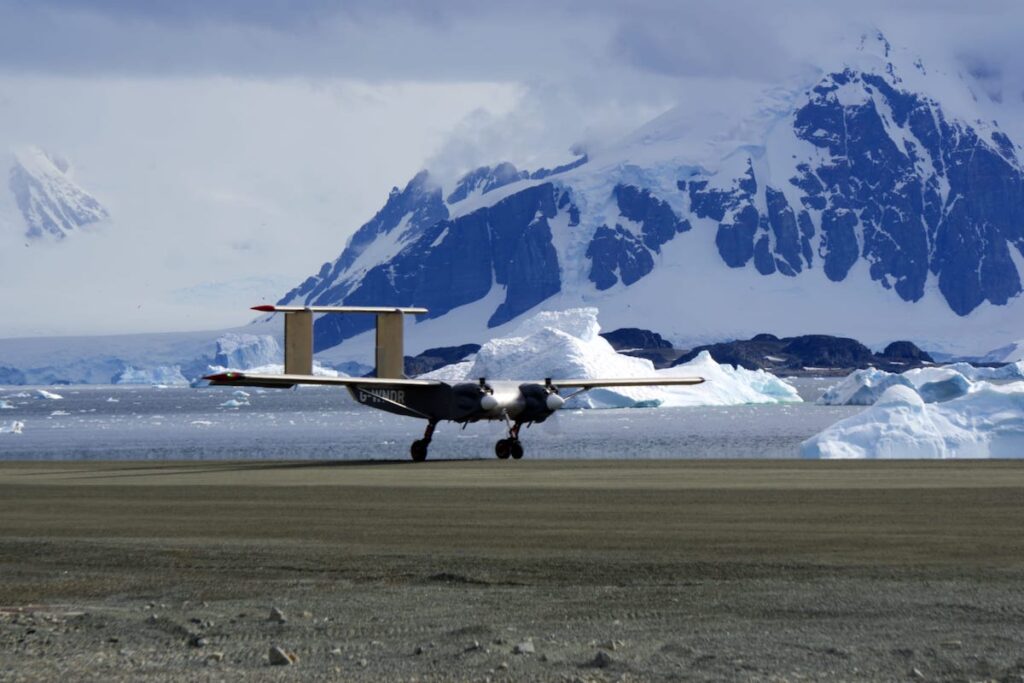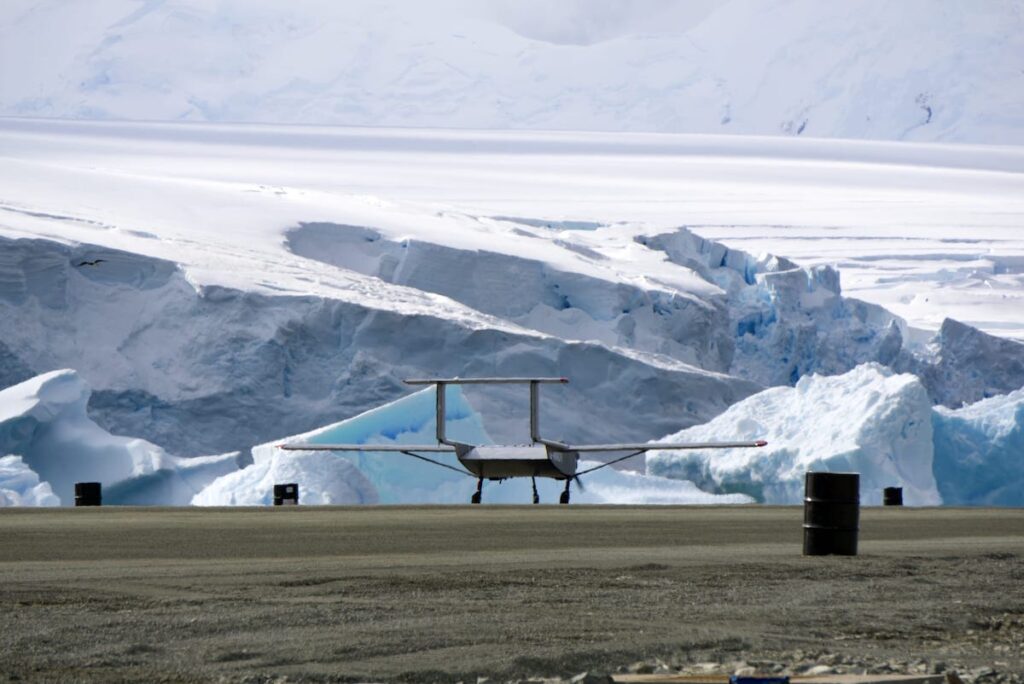A team of British scientists have arrived in Antartica ready to test a new autonomous drone, with the aim of using it to carry out scientific research.
The British Antarctic Survey (BAS) received the Windracers ULTRA drone on February 2, 2024, which will help its scientists research the interior of the frozen continent and survey some of its unexplored areas. ULTRA will be controlled from Rothera Research Station.
The twin-engine, 10-meter-long, uncrewed air vehicle (UAV) has been designed by Windracers, a British firm that develops unmanned aerial systems. ULTRA can carry a 100 kg payload with a range of 1,000 km. It has been designed to require minimal maintenance and fitted with an autopilot system, developed by Distributed Avionics, which confers it advanced autonomous flight capabilities and minimizes the need for human oversight.
The ULTRA UAV will be fitted with a range of sensors and cameras and deployed on a variety of missions that will allow scientists to survey environmentally protected areas in remote parts of Antarctica, research the marine food chain, investigate tectonic and glaciological structures and conduct atmospheric studies.
It is expected that the data collected during this testing season will also expand the researchers’ knowledge of climate variations and their impact on the Antarctic ice sheet.
The deployment of drones such as ULTRA will also expand the survey capabilities of the BAS, since they have longer endurance, lower operational and maintenance costs and a lower carbon footprint than the conventional, crewed Twin Otter aircraft currently in use.
The BAS operates a fleet of five turboprop aircraft out of Rothera Air Facility (QAR), four De Havilland Twin Otters and one De Havilland Dash-7, all of them painted bright red. In addition to conducting surveying tasks, these aircraft ensure also the air link to the Falkland Islands.




